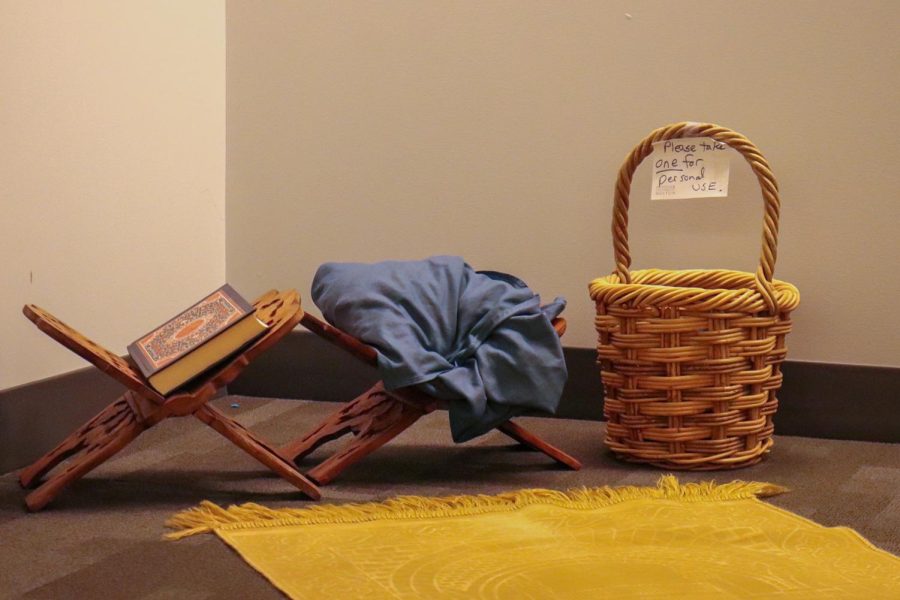The COVID-19 pandemic claimed over 375,000 American lives in 2020, according to data from the CDC, and Alabama was notably affected by this virus. For the first time in Alabama’s history, the state recorded more deaths than births in 2020. COVID-19, along with other factors that affect population dynamics, will continue to impact the United States population.
“It’s certainly possible that [the population could drop] this year as well if we continue in the same rate that we’re seeing now,” Alabama State Health Officer Dr. Scott Harris told reporters earlier this month at a news conference in Montgomery.
Population dynamics are constantly changing across nations due to many factors.
“Human population dynamics do not follow the same trajectories and patterns as other species,” said Lori Mitchener, an adjunct professor in the Center for Urban Ecology and Sustainability (CUES) at Suffolk University. “Biology tells us that no species can experience exponential growth indefinitely; it remains to be seen if humans will be an exception.”
Mitchener mentioned that the human population is also affected by social influences like economics and culture.
Physical resources such as land, food and water limit population growth, while innovation expands it. Dudley Poston, a professor at Texas A&M, wrote an article for PBS that, “between 2020 and 2030, the U.S. is expected to gain an additional 18.6 million people,’’ contrary to the trend that Alabama saw in 2020. He provided an infographic of the projected age dynamics of the population.
| Year | 2014 | 2020 | 2030 | 2040 | 2050 | 2060 |
| Under 18 | 23 | 22 | 21 | 21 | 20 | 20 |
| 18 to 64 | 62 | 61 | 58 | 58 | 58 | 57 |
| 65 and older | 15 | 17 | 21 | 22 | 22 | 24 |
Projected Age Demographics of the U.S. Source: PBS
The age demographics of a population greatly affect the population size and its growth. Mitchener noted that, “the world population growth rate has been declining since the 1970s, mostly driven by dramatic drops in birth rates in developed nations. Least and less developed nations still have a great deal of population momentum, due to the majority of the population being young and yet to reproduce, and will continue to grow for at least two generations.”
However, this isn’t to say that developed nations like the United States are not becoming more populated. Rather, we are at a different stage in our demographic transition where growth is slower than the less developed nations.
As Mitchener explained, the stages of the demographic transition model affect the rate of growth in a nation, depending upon industrialization to drive change. Phase one is in less developed countries like Zimbabwe, where there are high birth rates and high death rates. As a country develops into stage two, the birth rates will remain high as death rates decrease due to cleaner water, sanitation, access to medical care and a stable government. In phase three, the birth rates start to fall and death rates keep falling. Lastly, in the fourth phase, modern stability, both birth and death rates are low.
Mitchener pointed out that “recently there has been debate on the merits of including a fifth phase to this demographics of transition as countries that are highly industrialized start to show population contraction.”











